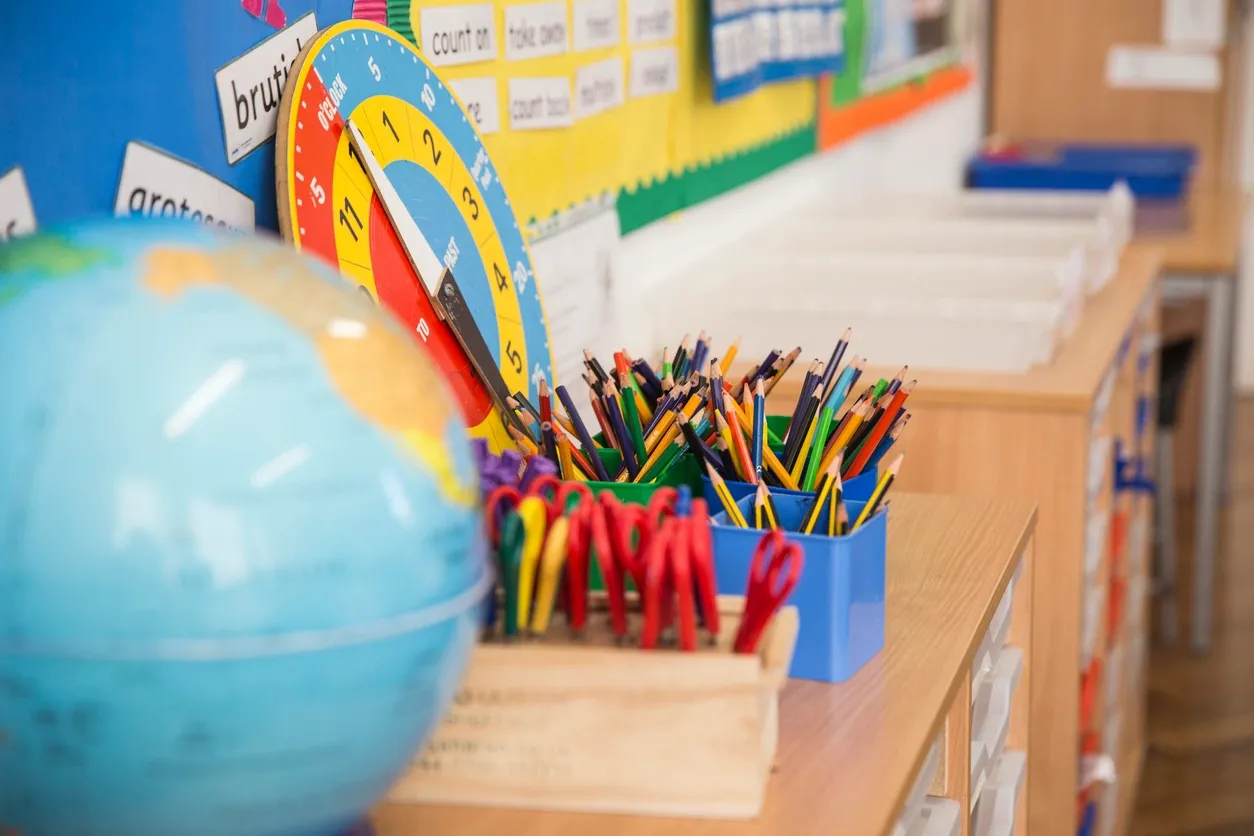- Need to know: Strategies for teaching ADHD
- Classroom accommodations for ADHD
- ADHD in the classroom
- ADHD teaching methods
Strategies for teaching ADHD
Q1. Tell us a little bit about yourself?
I am a 41 year old in my 9th year of teaching. Before teaching I started a sports science degree (not for me) then had my eldest daughter. I worked in the Disability field for 4 years in a carers role and I went back to Uni to get my bachelor of Primary Education while my 2nd and 3rd child were very young. I have taught across all year levels and currently teach Prep/Foundation which is my favourite.
I do not have a diagnosis but my 12 year old son and 11 year old daughter are diagnosed with ADHD.
Q2. Starting a new year can be a nervous time for kids and a busy time for teachers. From your perspective, what information should parents give to the teacher before their child starts in a new class?
Everything! I like to know as much about each child as I can but I think some parents aren’t sure what is/isn’t helpful to disclose. Certainly any formal reports and assessments. I would love to sit and chat with each family before the school year begins to set them up for success from day 1 but unfortunately my work places have never made this a priority.
Q3. Some parents and carers don’t find out that their child requires additional support until they are in school and the expectations placed on that child outweigh their ability to meet them. How much training or information do you get from the department/school around identification of students with possible behavioural, neurological or sensory conditions?
I find the Kinder transition statements we receive before children start school to be a little contrived to be honest. Luckily our school does prioritise a kinder visit where we can speak openly to the kinder teachers about each child. I get more practical information this way. I must admit that most of my own education around children who present with additional needs has been through my own research and professional reading.
Q4. How can parents work with teachers to get the best result for their children?
Have an open and honest line of communication. I have always said that the parents know my students far better than I ever will so it makes perfect sense to consult them first if any issues arise. I have actually learned so much from parents of students with additional needs.
Q5. Many children with behavioural, neurological or sensory conditions have difficulty learning in traditional environments. What kinds of things have you implemented in your classrooms that you think have a positive impact?
Lots! And I’m always changing depending on what is presented. Some things include: ‘Quiet area’ in the class room and another ‘quiet area’ just outside the room which is visible through a large class wall. Wriggle/dimple cushions, leg bands for chairs, wobble stools, standing desk, ‘brain break cards’ with a visual menu of sensory/movement activities children can do for a short time, use of timers (all sorts!) visual timetable, weighted blanket and weighted lap cushion, fidget toys, high interest play zones.
There’s probably more but that’s a good snapshot. * A lot of it I pay for myself too
Q6. Can you explain what is an IEP/ILP (individual education/learning plan) and how it is used by parents and teachers?
All funded children have and those with an imputed disability that are requiring substantial or extensive adjustments. It outlines strengths and weaknesses of the child and sets a short term goal focussed on an area of weakness. The adjustments being made by staff in order to achieve this goal are listed here too.
Q7. Teaching a class with more than twenty kids who have different needs and skill levels requires a lot of continuous hard work. What would you like parents to know about what happens in the background?
Differentiated teaching practice is something foreign to most parents. I like to explain this pedagogy early in the year – especially for parents with children at school for the first time. Most parents have felt reassured after an explanation.
Q8. Thinking more broadly, what are your thoughts on how behaviour is managed at your school?
I think some teachers manage it better than others and I’m sure this would be the case in every school. I’m not pretending that I get it right all of the time but my own set of beliefs always falls back on the forming of a trusting and positive relationship with my students.
My classroom is a safe place where students are allowed to make mistakes – even behavioural mistakes and we work through and learn from it.
Q9. If you were all powerful, what changes would you make in schools? Feel free to be aspirational, we can all dream!
What a question! Where do I start?! I would put less emphasis on assessment and data collection and more time and energy into the well-being of students and staff in schools. Learning will never be as powerful if that’s not a priority in my opinion. Our curriculum is so crowded!
I would love to see more community engagement, passion projects and student agency in schools rather than ticking off the curriculum. Oh, and purpose built sensory rooms!
Hopefully there are some valuable tips and advice there on strategies for teaching students with ADHD and creating a positive environment for neurodivergent kids across the board.


